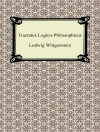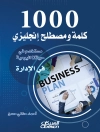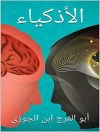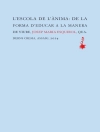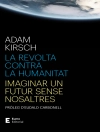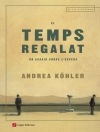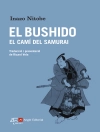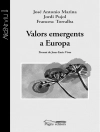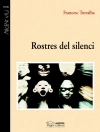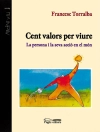Bringing together scholars from a broad range of theoretical perspectives, The Language of Argumentation offers a unique overview of research at the crossroads of linguistics and theories of argumentation.
In addition to theoretical and methodological reflections by leading scholars in their fields, the book contains studies of the relationship between language and argumentation from two different viewpoints. While some chapters take a specific argumentative move as their point of departure and investigate the ways in which it is linguistically manifested in discourse, other chapters start off from a linguistic construction, trying to determine its argumentative function and rhetorical potential.
The Language of Argumentation documents the currently prominent research on stylistic aspects of argumentation and illustrates how the study of argumentation benefits from insights from linguistic models, ranging from theoretical pragmatics, politeness theory and metaphor studies to models of discourse coherence and construction grammar.
İçerik tablosu
Introduction.- Part I Reflections on argumentation and language.- Chapter 1. Characterizing the argumentative style used in defending a standpoint (F. H. van Eemeren).- Chapter 2. Analyzing rhetorical style: toward better methods (J. Fahnestock).- Chapter 3. Argumentative Language and the evolution of human communication (A. Verhagen).- Chapter 4. Ordinary and technical terminology in relation to argument (J. Anthony Blair).- Part II The semantics-pragmatics distinction.- Chapter 5. ‘Those are your words, not mine!’ Strategic maneuvers with implicatures (R. Boogaart, H. Jansen & M. van Leeuwen).- Chapter 6. No, it is not just semantics! The importance of linguistic arguments and the Rule of Law (E. Feteris, H. Kloosterhuis & J. Plug).- Part III Discourse relations.- Chapter 7. At the interface between discourse structure and argumentation structure: diagramming attacks to argument’s plausibility and to argument’s relevance (A. Rocci).- Chapter 8. How face threatening are disagreement moves? An integration of pragma-dialectical insights and politeness considerations (A. Tseronis).- Part IV Framing.- Chapter 9. Greatest or growing proportion? Inferences due to attribute framing (B. Holleman & H. Pander Maat).- Chapter 10. Old is the new new: the rhetoric of anchoring innovation (I. Sluiter).- Chapter 11. Strategic use of metaphors in argumentation (R. Pilgram & L. van Poppel).- Chapter 12. Reconstructing figurative analogy (B.J. Garssen).- Part V Constructions.- Chapter 13. The function of Russian važno podčerknut’ – ‘it’s important to emphasize’ – in discourse and argumentation (E. Fortuin).- Chapter 14. Strategic maneuvering with the expression ‘not for nothing’ (H. Jansen & F. Snoeck Henkemans).- Chapter 15. Everybody knows that there is something strange about ad populum arguments (S. Oswald & T. Herman).
Yazar hakkında
Dr. Ronny Boogaart is Assistant Professor at the Leiden University Centre for Linguistics (LUCL). He (co-)authored various invited contributions to linguistic handbooks on tense, aspect and modality, but is also occupied with popularizing linguistics: in 2016 he was awarded for writing the best popular book on linguistics of the year. His current research focuses on the strategic use of constructions in argumentation.
Dr. Henrike Jansen is Associate Professor at the Leiden University Centre for Linguistics (LUCL). She is also editor of the Dutch academic journal Tijdschrift voor Taalbeheersing and board member of the European Conference on Argumentation. Her research concentrates on the formulation aspects of argumentation and on argumentation in populist discourse.
Dr. Maarten van Leeuwen is Assistant Professor at the Leiden University Centre for Linguistics (LUCL). His research focuses on stylistic choices and their argumentative-rhetorical consequences, mainly inthe domain of politics.


